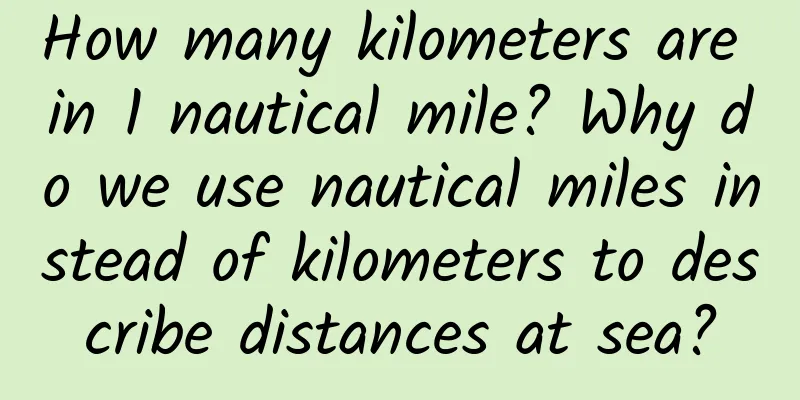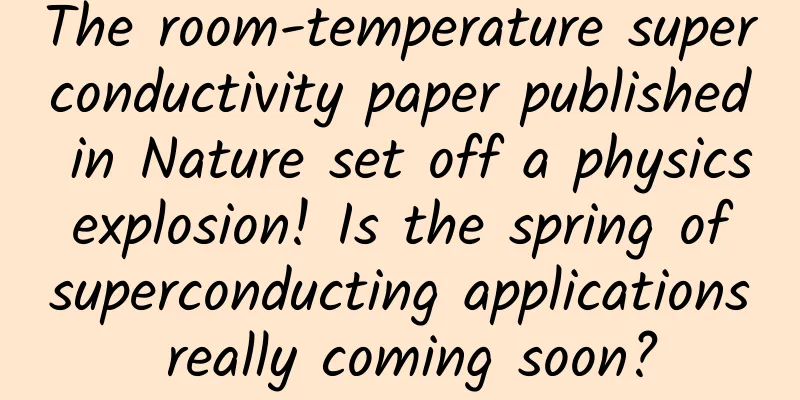Is the Dark Star reliable? Explaining hypersonic vehicles

|
The American military blockbuster "Top Gun 2" shows a variety of fighter jets, among which the Dark Star hypersonic aircraft launched by the Skunk Works (Lockheed Martin's advanced development project organization) has attracted much attention. So are the technical features presented by the "Dark Star" reliable? Does it have a real prototype? Before analyzing the Dark Star, let's take a brief look at the SR-71 developed by the Skunk Works. This US Air Force reconnaissance aircraft focuses on high-altitude and high-speed performance, with highlights such as titanium structure, turbojet/ramjet variable cycle engine, radar absorbing materials, and inward-inclined double vertical tail stealth design. In its 25 years of service, the SR-71 is said to have "escaped more than 4,000 missile interceptions" and has long been the fastest manned aircraft.
However, the SR-71 had two fatal weaknesses: a high accident rate and high cost. As new reconnaissance methods such as satellites gradually improved, the SR-71 became less and less cost-effective and was eventually retired in 1998. Even so, the Skunk Works has not given up on hypersonic aircraft, and it has long been rumored that it is developing the SR-72 aircraft. So we can assume that the "Dark Star" may not be pure fantasy. In the movie, the Dark Star is set to be a "Mach 10 fighter", far exceeding the SR-71's maximum speed of 3.32 Mach. How is this achieved? Let's review the process of the Dark Star's takeoff and sprint. The Dark Star is a small aspect ratio aircraft with a very sharp nose and an engine in the middle of each wing. When the pilot took off, he pushed the throttle valve to the bottom, and the tail nozzle of the Dark Star engine immediately sprayed a long tail flame, and it glided a long distance on the runway before taking off. It should be noted that when taking off at a small angle from the end of the runway, the Dark Star almost blew off the roof of the duty room at the end of the runway. Fortunately, the pilot decisively implemented a large angle of attack climb, which shows that the remaining kinetic energy of the Dark Star is relatively sufficient. After gradually increasing its speed to above Mach 3.5, the Dark Star's air intake baffle rose, and the airflow was transferred from the turbine engine to the scramjet engine. After the latter was started, the Dark Star's speed quickly soared to Mach 7.1, and the fuselage turned seriously red, which should be the result of shock wave heating under hypersonic speed. Eventually, the speed of the Dark Star stabilized at Mach 10, and the test seemed to be successful. However, the pilot was still operating the throttle of the scramjet engine, and the speed of the Dark Star soared again, and then the monitoring signal was lost. In this process, the design logic of the "Dark Star" is generally correct. On the one hand, its gliding distance is very long. After all, this is an aircraft with a design speed of Mach 10, and the lift generated is not the common wing lift, but the shock wave. Figuratively speaking, this aircraft is "riding" on the shock wave to move forward at high speed. However, this type of aircraft has poor lift at low speeds, so a long runway is needed to accelerate. On the other hand, the Dark Star uses a turbine engine and a scramjet engine, corresponding to relatively low-speed and high-speed flight, respectively. In reality, the U.S. Air Force is developing a dual-cycle jet propulsion system that is expected to propel larger payloads farther and attempt to take off and land like a conventional aircraft. Specifically, an air-breathing scramjet engine allows air to pass through the combustion chamber at supersonic speeds, giving it a more significant speed advantage over traditional jet engines. In the movie, the "Dark Star" easily broke through the Mach 3 "barrier" by relying on the scramjet engine. However, this engine requires high-pressure airflow for compression "force", so it cannot operate well at low speeds such as takeoff and landing. This means that the most advanced air-breathing scramjet engine must first be transported to high altitudes by an aircraft, and then use a rocket booster to provide the initial velocity to help it start smoothly. Earlier this year, the Defense Advanced Research Projects Agency and defense companies jointly conducted the fourth test flight of the concept aircraft of the air-breathing hypersonic weapon. The program was successfully completed and all expected goals were achieved. In the future, it is expected that hypersonic cruise missiles and other aircraft will be developed. In this way, ignoring the loopholes in the pilot's parachute jump in the movie, "Dark Star" has a certain realistic technical basis, but there are still difficulties to overcome before it can be realized. (Author: Wang Qian Image source: "Top Gun 2" Gatekeeper: Jiang Fan, deputy director of the Science and Technology Committee of China Aerospace Science and Technology Corporation) |
>>: How deep is your misunderstanding of the Ghost Festival?
Recommend
Alien technology tower? Oh, it turns out to be a man-made solar thermal power station
Produced by: Science Popularization China Author:...
There is a Block called Callback, and there is a Callback called CompletionHandler
[Introduction] The APIs of the iOS 10 push part u...
Why are some people always reluctant to leave the gambling table?
Author: Wu Quan A coin has only two sides, heads ...
Krusier Character Illustration Class 2019 Course
krusier character illustration class 2019 Course ...
What is quantum secure communication? (Part 1): What you think is a password is not actually a password
Produced by: Science Popularization China Author:...
Hillhouse Capital “failed”, Zhang Lei “lost his voice”
The high-profile Hillhouse seems to have lost its...
Using smart devices to keep you safe? Beware of being fooled by superficial information
Usually, new products and technologies emerge wit...
The smoking rate among women is not high, so why is the lung cancer rate so high?
Lung cancer is the most common primary malignant ...
Wild boars are spotted in many places. What should you do if you encounter one?
recent, Wild boars frequently appear in many plac...
Internet advertising promotion planning methods!
What is planning? Planning is to simplify complex...
Is it reliable to judge whether you have cancer based on "early symptoms"? Don't wait until the late stage to discover cancer!
Recently, a "self-media" account fabric...
In-depth study of Android Dalvik's Dex file format
Case Studies In this case study, we will examine ...
[Smart Farmers] From the Sea to Shandong Cuisine Table - The Magical Journey of Sea Intestines
From the sea to the Shandong cuisine table : the ...
What is the reason behind Meitu’s huge losses?
Meitu, which became popular with its Meitu XiuXiu...
How can enterprises promote themselves well?
How can enterprises do a good job of promoting th...









